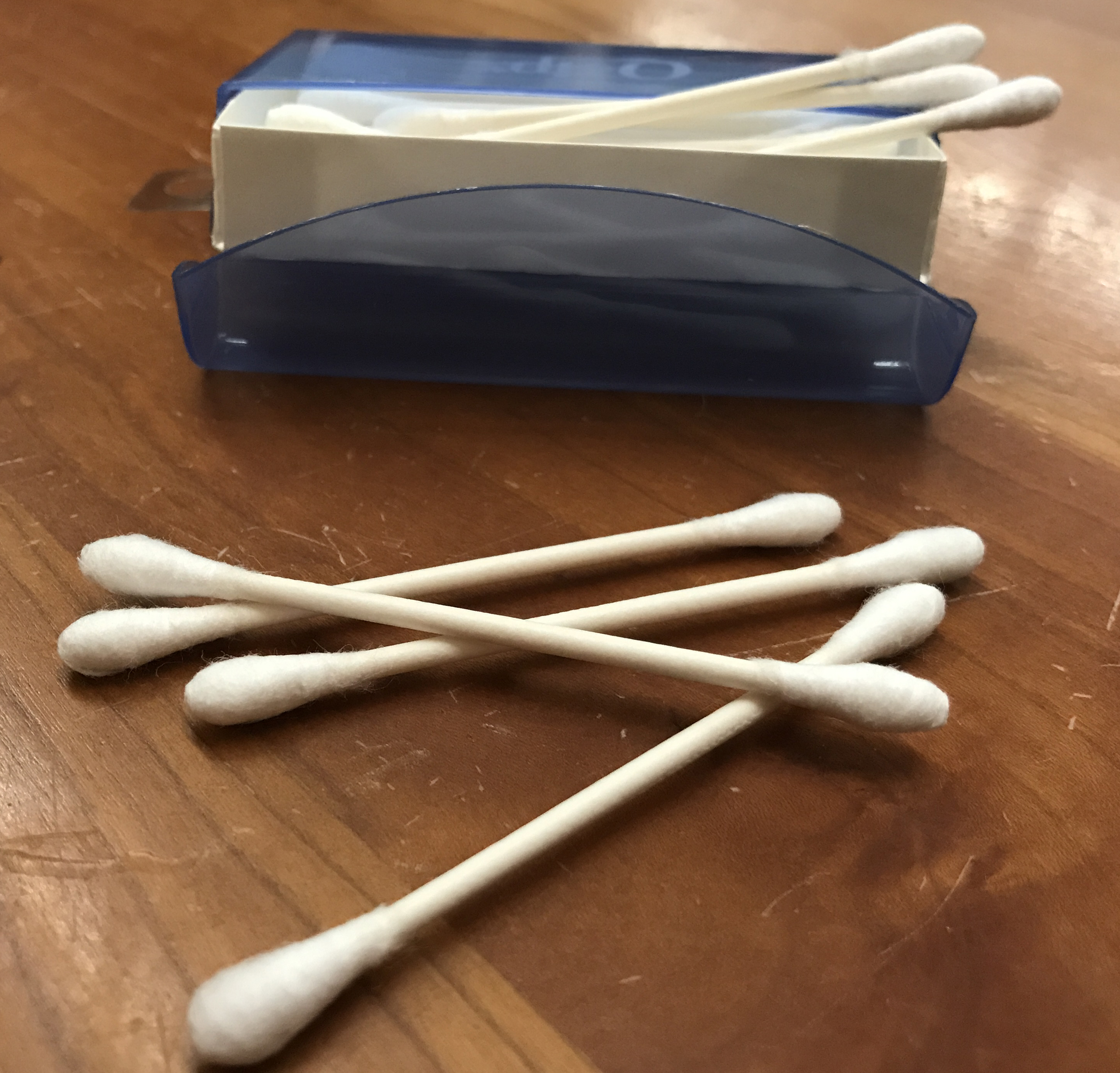While cotton tip applicators can be used for household cleaning, crafts and applying cosmetics, they are unfortunately also causing injuries to children. A study conducted by Nationwide Children’s Hospital researchers found that over a 21-year period from 1990 through 2010, an estimated 263,000 children younger than 18 years of age were treated in U.S. hospital emergency departments for cotton tip applicator related ear injuries – that’s about 12,500 annually, or about 34 injuries every day.
“The two biggest misconceptions I hear as an otolaryngologist are that the ear canals need to be cleaned in the home setting, and that cotton tip applicators should be used to clean them; both of those are incorrect,” said Kris Jatana, MD, senior author of the study from the Department of Pediatric Otolaryngology at Nationwide Children’s Hospital and Associate Professor in the Department of Otolaryngology at The Ohio State University Wexner Medical Center. “The ear canals are usually self-cleaning. Using cotton tip applicators to clean the ear canal not only pushes wax closer to the ear drum, but there is a significant risk of causing minor to severe injury to the ear.”
The study, recently published online in The Journal of Pediatrics, found that the majority of injuries occurred as a result of using cotton tip applicators to clean the ears (73%), playing with cotton tip applicators (10%), or children falling when they have cotton tip applicators in their ear (9%). Most of the injuries occurred when the child was using the cotton tip applicator by themselves (77%), followed by injuries that happened when a parent (16%) or sibling (6%) used the cotton tip applicator to clean the child’s ear. About two out of every three patients were younger than eight years of age, with patients aged 0-3 years accounting for 40% of all injuries.
The most common injuries were foreign body sensation (30%), perforated ear drum (25%) and soft tissue injury (23%). Foreign body sensation was the most common diagnosis among children aged 8-17 years, while perforated ear drum was the most common among children younger than 8 years of age.
Almost all of the patients seen in emergency departments for these injuries (99%) were treated and released. In more serious cases, damage to the ear drum, hearing bones, or inner ear, can lead to dizziness, problems with balance, and irreversible hearing loss.
“While the number of overall injuries from cotton tip applicators did decrease during the 21 years we looked at in our study, it is still unacceptably high,” said Dr. Jatana. “These products may seem harmless, but this study shows how important it is that they not be used to clean ears.”
Data for this study were obtained from the National Electronic Injury Surveillance System (NEISS), which is operated by the U.S. Consumer Product Safety Commission. The NEISS database provides information on consumer product-related and sports- and recreation-related injuries treated in hospital emergency departments across the country. This study was conducted collaboratively between the Department of Otolaryngology and the Center for Injury Research and Policy at Nationwide Children’s Hospital.
The Center for Injury Research and Policy (CIRP) of The Research Institute at Nationwide Children’s Hospital works globally to reduce injury-related pediatric death and disabilities. With innovative research at its core, CIRP works to continually improve the scientific understanding of the epidemiology, biomechanics, prevention, acute treatment and rehabilitation of injuries. CIRP serves as a pioneer by translating cutting edge injury research into education, policy, and advances in clinical care. For related injury prevention materials or to learn more about CIRP, visit www.injurycenter.org.
Click here to learn more about cotton tip applicator injuries.

Experts say inserting cotton tip applicators into the ear can tear the eardrum or push wax too deep into the ear where it can cause infection. A new study found that about 34 children are treated in U.S. emergency departments every day for ear injuries related to cotton tip applicators.
